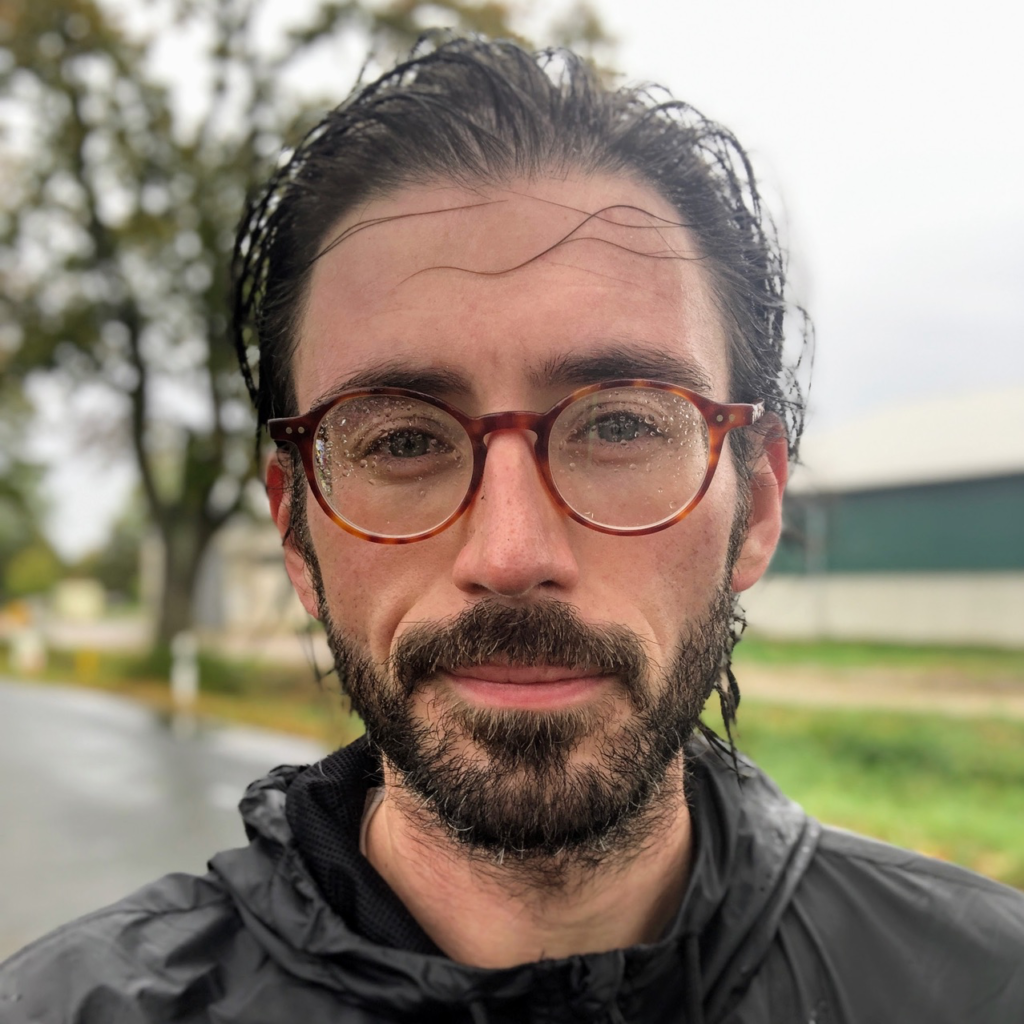Our understanding of “What is art?” is a topic of constant evolution and never-ending discussion.
From the Realism of the Barbizon School, through the Impressionism of Claude Monet, the continuing development and progression of artistic style lead to the emergence of Pointillism under the influence of George Seurat and Paul Signac.
Born from the mixture of art and science, it is through the retina’s perception of the juxtaposition of colours that the image manifests from the painting. By this technique, artists construct an optical illusion that enhances the dialogue between the 3D scene depicted and the 2D surface of the canvas.

Claude Monet, The Nympheas, 1914-1926, Musee de l’Orangerie, Paris, France

Georges Seurat, Circus, 1890-91, Orsay Museum, Paris, France

Sol Lewitt, Wall Drawing #1136
Contemporary artists of the 20th century, like Sol Lewitt, brought the discussion of what we see and accept as art across new boundaries, challenging the viewer with questions of what is, can, and should be the medium. Rejecting the traditional idea that painting should be hung on the wall or be restricted to the frame, he chose instead to paint directly on the walls or floor. His paintings stretch from one wall to another, occupying the given surface complete with its imperfections, building angles, and curves.
In the modern era of rapid digitalisation of life, there is a natural, parallel evolution of art leveraging new technologies and expanding to new media. Digital art now occupies new spaces on myriad screens around the world. Science, Technology, and Art are blending within this domain to drive innovation, such as AI-based algorithms that allow us to contemplate the beauty of new pieces of Digital Art. Refik Anadol is a key figure in this revolutionised artistic movement. In his digital masterpieces, he plays with abstract various forms that take personalized sense in spectator imagination.
However, it is not only visual arts that inspire from science and enter the digitalization path. Audio and video art are also undergoing digital transformation.
In this Session we will be discussing:
- The evolution of art towards digital
- The perception of digital art through the new medium
- AI algorithms for Digital Art
- The intersection of Art and Science in Digital Art
- Is NFT the future of Digital Art?

Refik Anadol, Machine Hallucinations: Coral Dreams, private collection
Experts:







